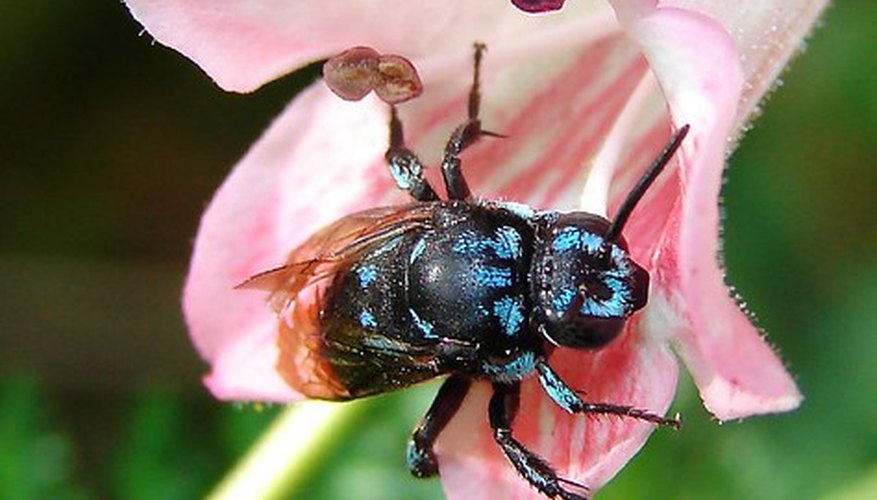Penstemon plants, also called beard tongues, are herbaceous perennials that belong to the snapdragon family (Scrophulariaceae). Native to the United States, penstemon species are primarily winter hardy in USDA zones 5 to 8. Penstemon plants are associated with a few common leaf diseases.
Types
Penstemon plants are susceptible to several leaf diseases, including leaf spot (Cercospora) and rust (Puccinia). Powdery mildew (Erysiphe cichoracearum) is often a problem in wet, humid climates.
- Penstemon plants, also called beard tongues, are herbaceous perennials that belong to the snapdragon family (Scrophulariaceae).
- Penstemon plants are susceptible to several leaf diseases, including leaf spot (Cercospora) and rust (Puccinia).
Symptoms
Powdery mildew causes a white to light grey powdery substance to form on the leaves, while rust triggers the formation of rust-coloured horns or spores. Leaf spots typically cause small leaf lesions.
Control
Fungicides often help control leaf diseases. Infected penstemon plant parts should be pruned out and destroyed.
Other Problems
Penstemon plant leaves are also susceptible to foliar nematodes. These parasitic worms cause leaf drop, leaf lesions and leaf necrosis.
Culture
Penstemon plants thrive in dryer, well-drained soils in fully sunny locations. Wet or poorly drained soils favour leaf disease pathogens.
Fast Fact
Root rot and stem rot diseases also affect penstemon plants growing in wet conditions.
- Fungicides often help control leaf diseases.
- Root rot and stem rot diseases also affect penstemon plants growing in wet conditions.
